


Have you ever wondered what to do with a leftover chicken carcass or the sad-looking vegetables in the crisper? You can turn those ingredients into homemade chicken stock! There is no need for fancy kitchen gadgets — a pot, some basic ingredients, and a little time is all you need to create this liquid gold.
The information provided on this site is based on my personal experience living with alpha-gal syndrome. I consistently cite and link to expert sources, but nothing published on this site should be perceived as medical advice.
Alpha-gal sensitivities vary by person. You should understand your dietary restrictions, making any adjustments needed, and directing any questions to your physician.
A pot of simmering chicken stock will fill your kitchen with a delicious aroma that’s good for just about anything. Whether you want to make a sauce quickly, enhance the flavor of your rice, or use this liquid gold as the base for a nourishing soup, the possibilities are endless. It’s the kitchen multitasker you didn’t know you needed — versatile, fuss-free, and bound to make you feel like a culinary pro.

To help offset the costs of running SageAlphaGal.com, you’ll find affiliate links lightly sprinkled throughout the site. If you choose to make a purchase via one of these links, there’s no additional cost to you, but I’ll earn a teeny tiny commission. You can read all of the legal blah blah blah (as my little niece says) on the full disclosure page.
In This Article
The Chicken Stock vs. Chicken Broth Debate
Chicken stock and chicken broth are frequently used interchangeably in everyday cooking. In many recipes, you can use either depending on personal preference and ingredient availability.
Chicken stock is made by simmering chicken bones, vegetables, and aromatics over an extended period. This longer cooking time allows for more collagen extraction from the leftover bones, resulting in richer and more intense flavors. Chicken stock is a robust foundation for sauces and heartier dishes, lending them a full-bodied, savory flavor.
On the other hand, chicken broth is made by simmering chicken meat alongside vegetables and seasonings, but for a shorter duration than stock. This technique results in a lighter flavor profile that emphasizes the taste of the chicken meat itself. Chicken broth is commonly used as a standalone soup or in recipes where you want a more subtle chicken flavor.
“I always save scraps from chopping vegetables to use for making chicken broth. It’s so easy to save the ends of carrots, celery, onions, and more in the freezer! It saves me a lot of time during the day, adds flavor, and reduces food waste. An all-around win!”
— Megan Myers, Stetted

Benefits of Homemade Chicken Stock
Using homemade stock in your dishes gives them a notable flavor boost. It makes everything taste richer and more authentic.
Rich in Nutrients
Homemade chicken stock is packed with essential nutrients derived from the simmered chicken bones and vegetables, offering a wholesome and nourishing addition to your diet.
Natural Source of Alpha-Gal Friendly Collagen
The slow-cooking process extracts collagen from the bones, contributing to the broth’s natural richness.
You Can Control the Flavor
Making your stock allows you to adjust the seasoning to match your taste buds, guaranteeing it’s just right — not too salty or bland.
It Tastes Better
Compared to store-bought versions, homemade chicken stock delivers a depth of flavor that’s hard to match, elevating the taste of your soups, stews, and other dishes.
Want Alpha-Gal Safe Recipes and More?
Sign up for the weekly newsletter!
Thank You for Subscribing!

Essential Ingredients and Equipment Needed
The first step to making delicious homemade chicken stock is gathering ingredients and tools. Ensure that you have fresh chicken bones, aromatic vegetables, a large stock pot, and a fine-mesh strainer for optimal results.
Chicken Parts
You can use a chicken carcass, bones from chicken pieces, or a combination. Using chicken wings is a good option as well. I recommend keeping the skin on for added flavor.
Sage Advice: You can also use the carcass and other leftovers from your Thanksgiving turkey dinner to make homemade stock.
Vegetables
These are an essential component for flavor. Onions, carrots, and celery ribs are staples in stock, but you can also use a variety of other vegetables.
Aromatics
You’ll need garlic, herbs, and spices to flavor your stock. Some of my favorite herbs are fresh thyme, bay leaves, and fresh parsley. Try using whole peppercorns and anise seeds for great flavor.
Water
You’ll need several quarts of water to submerge the stock ingredients.
“Simplicity is key when making homemade chicken broth. I like to place chicken bones or a leftover carcass into my crockpot and add onions, carrots, celery, and a handful of fragrant herbs such as thyme and parsley. Then, I let the slow cooker do its work. The broth is a staple in my home for making soup, rice, and gravy.”
— Jessica Haggard, Primal Edge Health
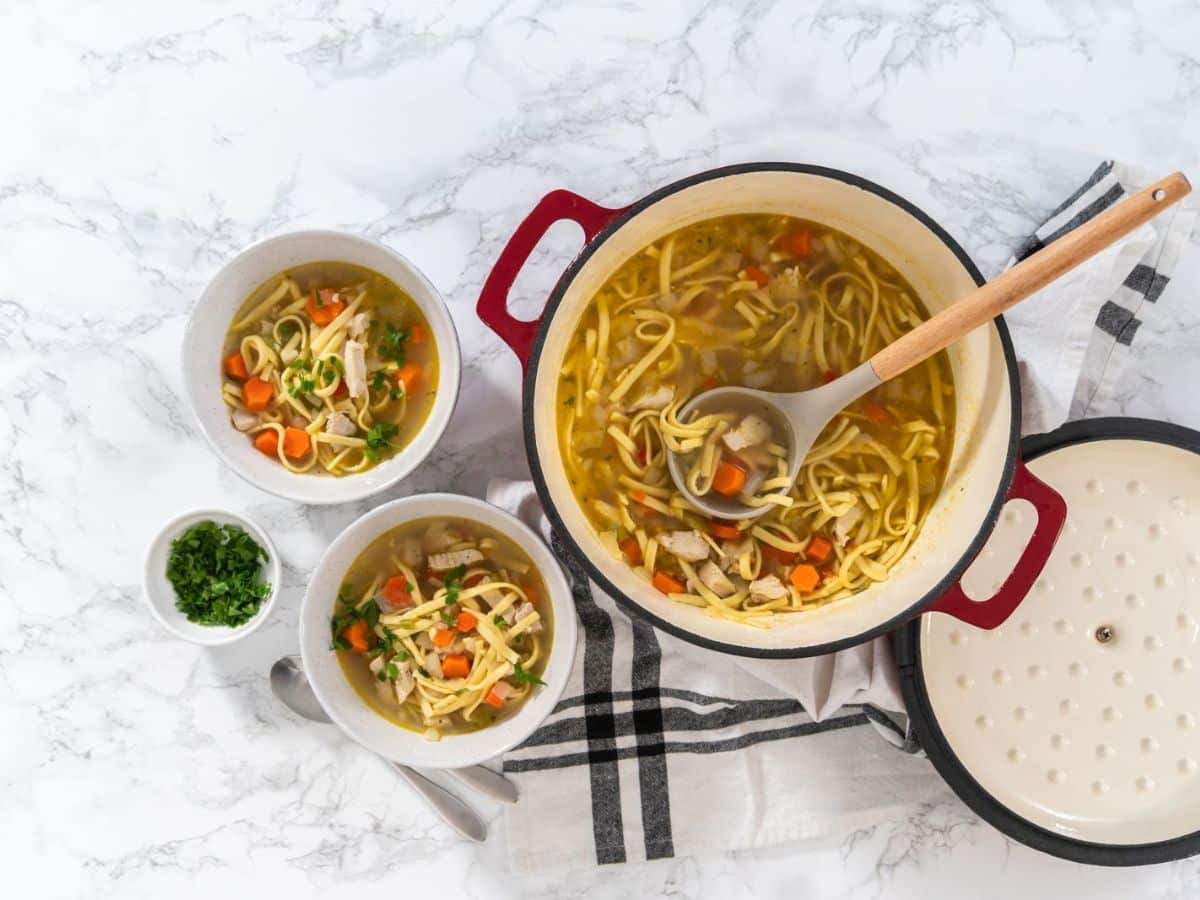
Stock Pot, Dutch Oven, or Slow Cooker
Pick an option large enough to hold all the ingredients and several quarts of water. Because the flavor is enhanced the longer it cooks, I like to make my homemade chicken stock in a Crock-Pot or slow cooker that is safe to leave on overnight.
Strainer or Fine Mesh Sieve
You’ll want to strain out the solid ingredients before storing your homemade stock in the refrigerator or freezer.
How to Make Homemade Chicken Stock
Follow these seven easy steps to make healthy, flavorful chicken stock. Enjoy the rich aroma of the broth as it simmers in your pot.
- Add the chicken pieces, vegetables, and herbs to a stock pot.
- Cover the ingredients with cold water.
- Bring the water to a boil over medium-high heat. Then, reduce the heat to low to maintain a gentle simmer for at least three to four hours.
- Stir the pot occasionally to distribute the ingredients, and add extra water if necessary to submerge everything.
- Let the broth cool, then carefully lift the chicken bones from the liquid. Strain the stock to capture the vegetables and any remaining bits, leaving you with a clear, golden stock.
- Taste the stock to determine if any additional seasonings are required. However, remember that you will likely use the stock in other recipes that will add extra seasoning.
- Allow the stock to cool completely, then transfer it to airtight storage containers. Refrigerate or freeze your homemade stock.
Customize the Stock
The beauty of homemade chicken stock lies in its adaptability. You can experiment with different herbs, spices, and vegetable combinations, tailoring them to suit your taste and match various recipes.
I recommend learning how to freeze your vegetable scraps. When preparing vegetables like carrots, save the peels. When dicing tomatoes, yellow onions, and peppers, save the scraps. And, when using fresh herbs, keep the stems. You can store these items in an airtight container in the freezer and use them later for broth or stock.
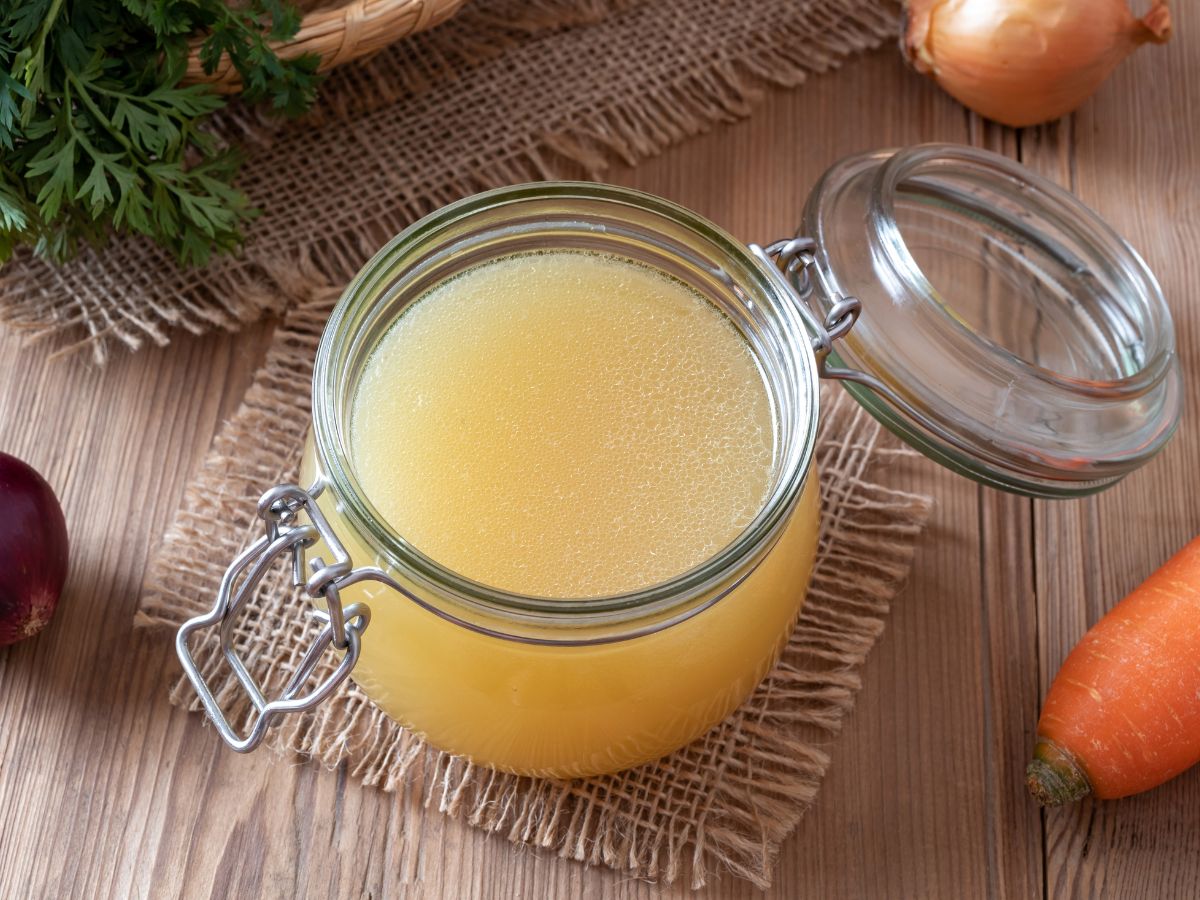
How to Store Homemade Chicken Stock
Properly storing your homemade stock is crucial for maintaining its flavor and freshness. After cooling to room temperature, homemade chicken stock can be stored in an airtight container in the refrigerator for up to three days or in the freezer for up to three months. I like to use wide-mouth, quart-sized glass jars to freeze my homemade stock. These reusable storage containers are affordable, and they package up the stock in the amount I use in many recipes. Leave about an inch of space at the top to allow the liquid to expand when it freezes.
Another nifty trick is to freeze the stock in ice cube trays. This method is convenient when you only need a small amount of stock for a recipe. Each cube is roughly two tablespoons, making it easy to pop out a few for your cooking needs. Once frozen, transfer the cubes to a freezer bag for easy storage and access.

What to Do with Homemade Chicken Stock
It’s easy to make this cooking staple and have it on hand in your fridge or freezer. You can use this flavorful stock in a variety of soup recipes and casseroles. You can also add it to sauces, pasta dishes, mashed potatoes, and more to enhance the flavor.
The next time you make quinoa, stuffing, or wild rice, substitute chicken stock for all or part of the water. And, if you prefer not to use alcohol in your cooking, you can also substitute chicken stock for wine.
“I love to use homemade chicken stock to infuse flavor and nutrition into simple foods. I use stock as the cooking liquid for rice, most grains, and potatoes.”
— Michelle Goth, Blackberry Babe
Do You Make Homemade Chicken Stock?
Have you made homemade chicken stock? Do you have any additional tips or tricks to pass along? How do you use your homemade stock? Share your experiences in the comments section below.
Portions of this article originally appeared on Food Drink Life.
Thank you for sharing!

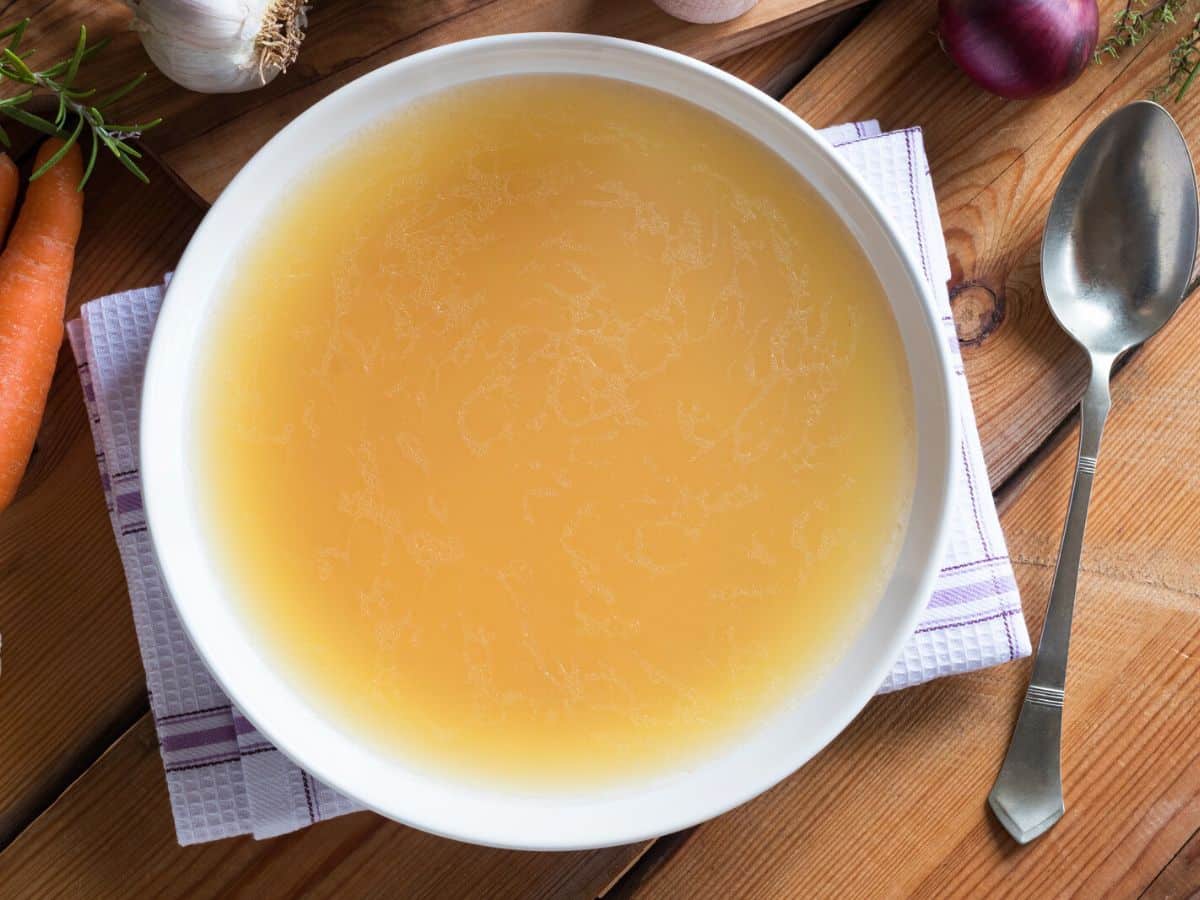
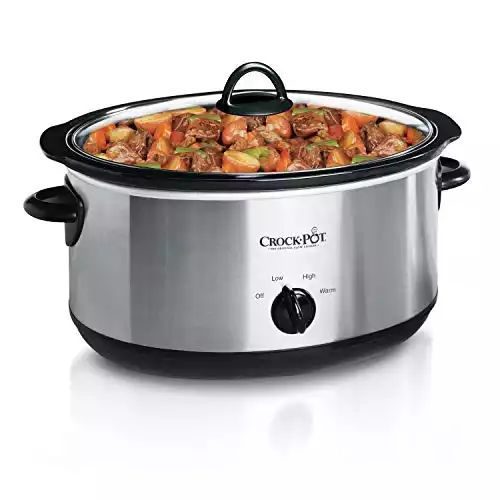
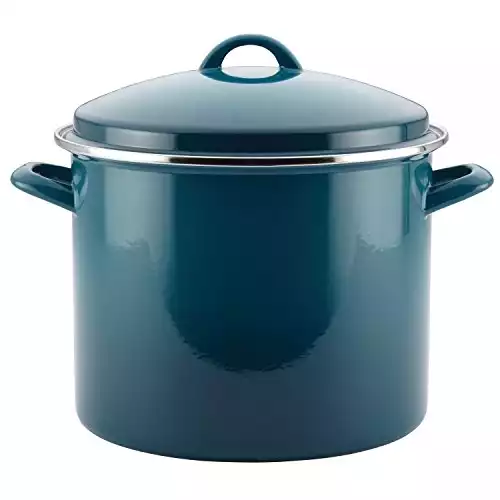
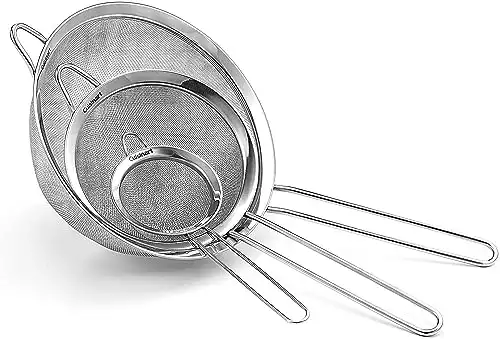
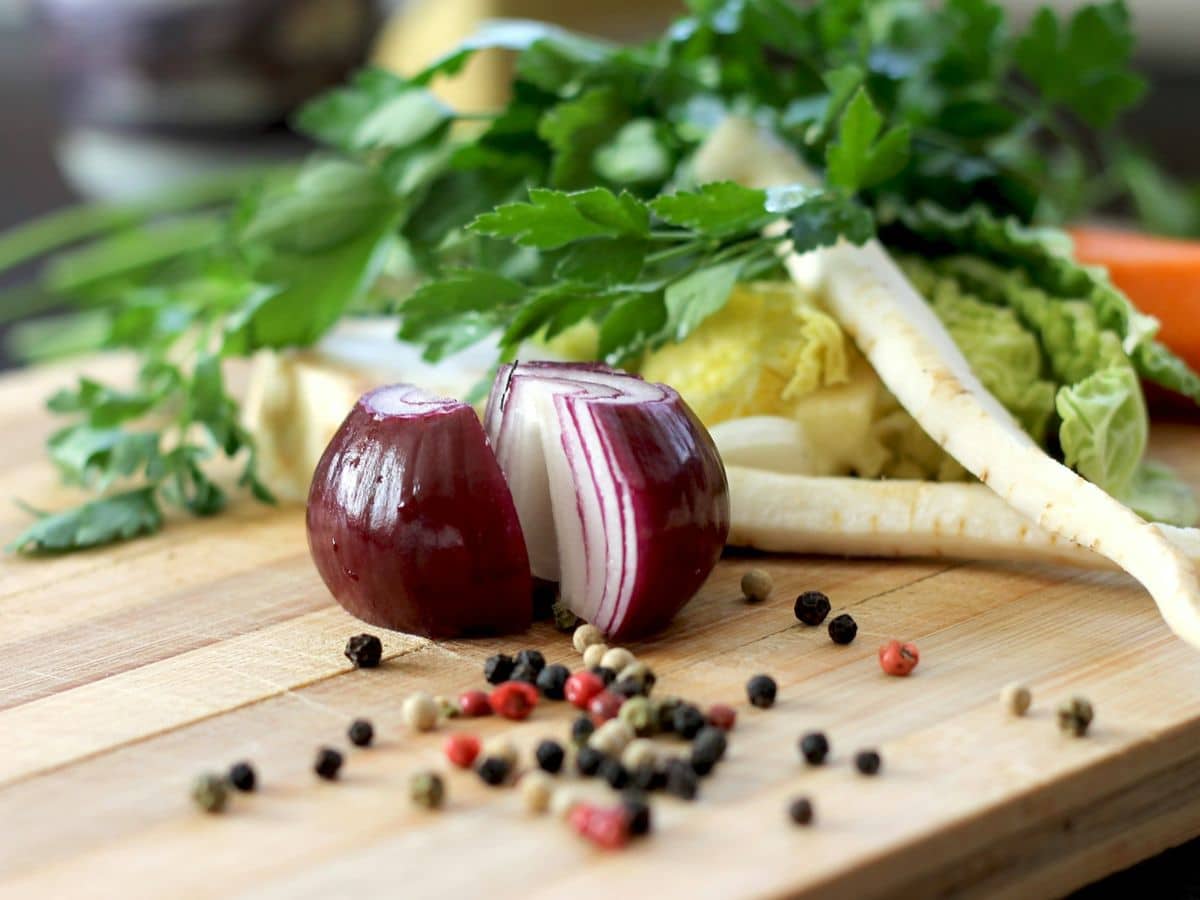
I serve chicken, usually chicken quarters weekly. Take bones and veg scraps, put in instapot. 30 mins= great stock.
I usually get 4 pints.. store in fridge.. if I don’t use by 4 days. I drink the broth. Or use when I make a large batch of rice.
Janei
Yum!
I have never made stock in a crock pot. Does it need to come to a boil first?? Can you send me instructions? Thank you. I was diag 7/2021 and live in MA.
Does it need to come to a boil first? Nope! It just slowly simmers in the crock pot. Just cook the chicken carcass, vegetable scraps, etc — the same stuff you always use — on low for 6-8 hours in the crock pot. Then strain the solids from the liquid and store as you normally would. That’s it! 🙂
First time making chicken stock and I’m so happy with the final result! I just followed the recipe to a T and it turned out so rich and flavorful. I used it in chicken and corn soup and it was so good and my family loved it. Definitely a keeper!
Hooray!